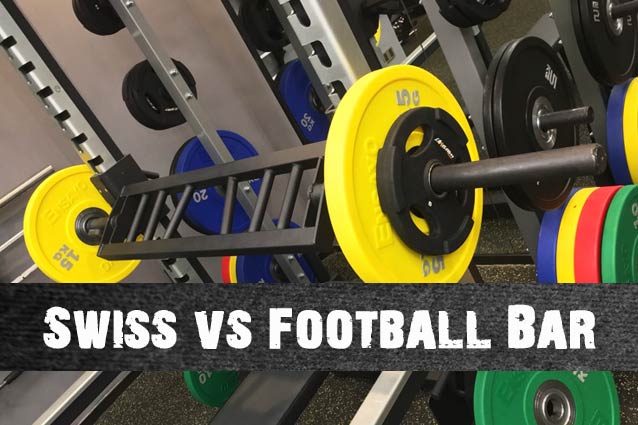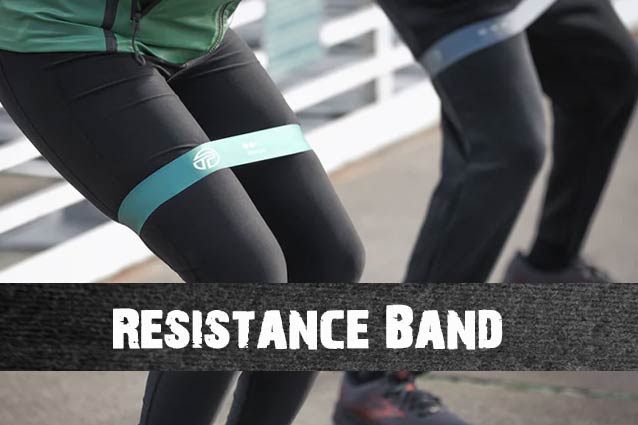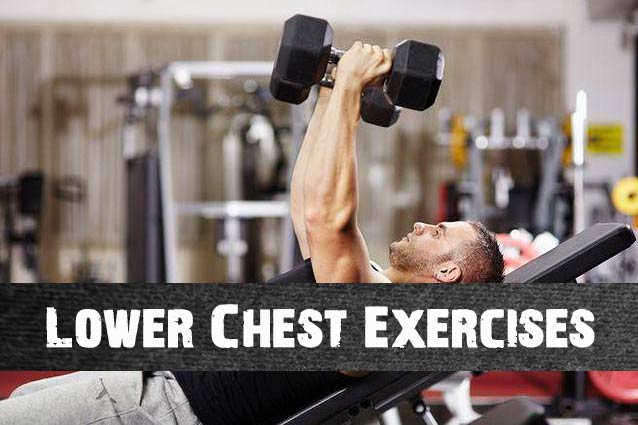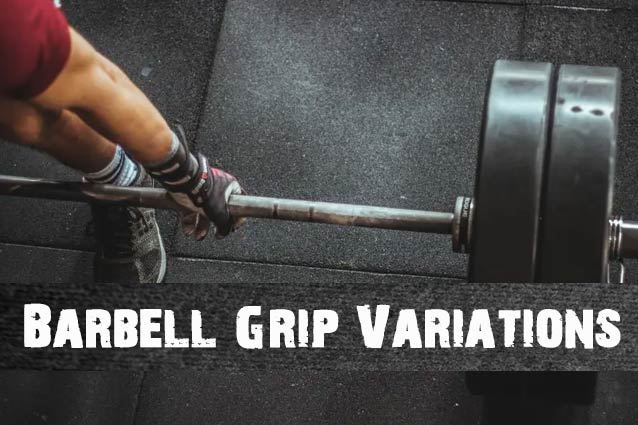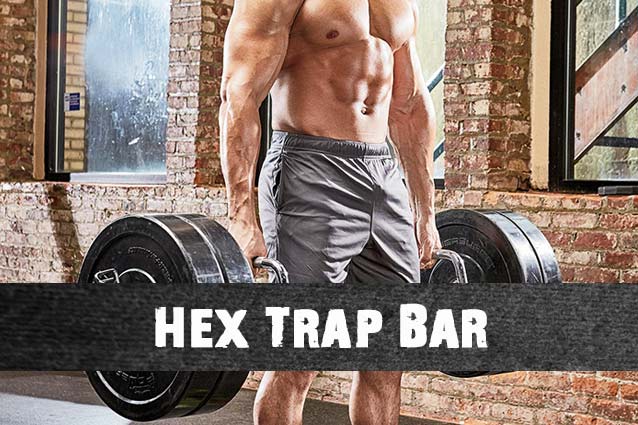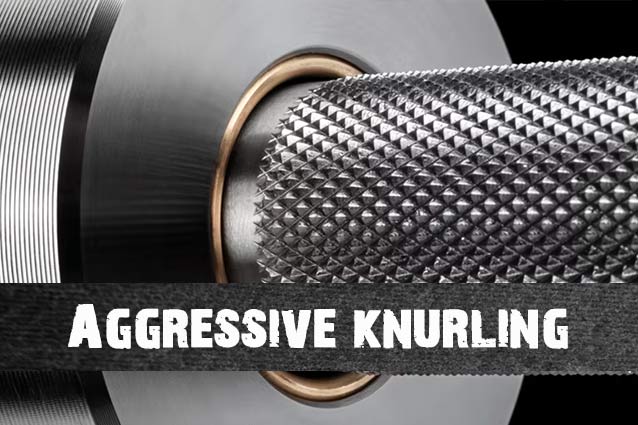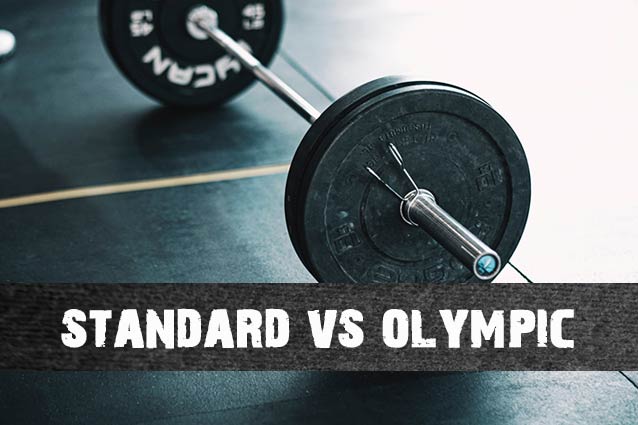Fitness enthusiasts are always on the lookout for new and innovative ways to take their training to the next level. Two pieces of equipment that have gained popularity in recent years are the Swiss bar and the football bar. These unique bars offer a variety of benefits that traditional straight bars can’t match, but which one is better for your fitness goals?
Do you prefer using the Swiss bar or Football bar when you bench press? Do you know how they can help you achieve your fitness goals? Also, is there a price difference between the two?
In this article, we’ll take a closer look at both bars and compare their features, benefits, and drawbacks.
Whether you’re a powerlifter, bodybuilder, or just looking to switch up your workout routine, understanding the differences between these two bars can help you make an informed decision about which one is right for you.
A Quick Look At Swiss Bar Vs Football Bar
The Swiss bar is a general purpose barbell that can be used for any number of exercises, from squats to overhead presses. It features a large center knurling which makes it easy to grip during lifts. This knurling also makes it easy on your hands when doing exercises like bent over rows or bicep curls.
The football bar was designed specifically for use in powerlifting movements like bench presses and deadlifts. The center knurling is slightly less aggressive than that of the swiss bar, but still provides enough grip to keep your hands from sliding up and down during heavy lifts. It also has a slight bend in the middle which allows you to get a better range of motion when doing bench press variations like decline or incline bench presses.
Overall, Swiss bars and Football bars are quite similar. While some prefer the straight grips of the Swiss bar, others may prefer the angled grips of the Football bar.
In my opinion, why not have both?
Both bars offer unique benefits that can help you achieve your fitness goals. The Swiss bar’s versatility makes it a great choice for those looking to build overall upper body strength, while the Football bar’s neutral grip can be a game-changer for those with shoulder or elbow issues.
The History of Swiss Bar and Football Bar
Swiss Bar
A common misconception is that Swiss bar is a brand name, but it’s actually a generic term for an exercise device that has been around for decades. It was originally developed by the Swiss military to develop soldiers’ balance and agility skills — hence its name.
In the 1960s and 1970s, the Swiss bar became popular in gyms as an alternative to using weights or resistance machines such as Nautilus machines.
In recent years, many people have started using Swiss bars at home as part of their workouts because they are safer than free weights and can be used by people of all ages and fitness levels — from professional athletes to seniors living independently in retirement communities.
Football Bar
The football bar was designed specifically for use in powerlifting movements like bench presses and deadlifts. The center knurling is slightly less aggressive than that of the swiss bar, but still provides enough grip to keep your hands from sliding up and down during heavy lifts. It also has a slight bend in the middle which allows you to get a better range of motion when doing bench press variations like decline or incline bench presses.
The exact origin of the football bar is unclear, but it is believed to have been invented in the early 1990s by powerlifter and fitness equipment designer Louie Simmons. Simmons created the bar as a way to help athletes with shoulder injuries continue to train without putting too much stress on their joints. The unique angled design of the football bar allows for a more neutral grip, which reduces strain on the shoulders and elbows.
Since its invention, the football bar has become a popular piece of equipment in strength training circles. It is especially popular among powerlifters and bodybuilders who want to vary their grip and target different muscles during their workouts. The bar is now widely available at fitness equipment retailers and is used by athletes and fitness enthusiasts around the world.
Workout Experience
Swiss bars are great for squats and deadlifts as they provide more stability compared to regular bars.
While regular barbells lack central knurling or grip marks, Swiss barbells feature multiple handles that allow for different grip widths and angles, making them ideal for upper body exercises like bench press, shoulder press, and rowing.
If you don’t have dumbbells or kettlebells at home or the gym, Swiss bars can also be used for the overhead press.
A football barbell has a slight bend in the middle which allows you to get a better range of motion when doing bench press variations like decline or incline bench presses.
To do this exercise properly, you should keep your elbows tucked close to your sides as you lower and lift the weight off of your chest. This keeps your shoulders safe by reducing the amount of stress placed on them during each rep.
You may also like:
- A Comprehensive Guide To The Hex Trap Bar
What are the uses of Swiss Bar and Football Bar?
The Swiss bar and Football bar are suitable for a variety of fitness scenarios and can be used for a range of exercises, including the bench press, shoulder press, and row. Here are some examples of how these bars can be used and why they are suitable for their own fitness purposes:
Shoulder injuries: As mentioned earlier, the football bar is often used by athletes with shoulder injuries because its neutral grip reduces strain on the shoulders and elbows. This makes it a great option for anyone who wants to continue training their upper body while recovering from an injury.
Upper body strength training: Both the Swiss bar and football bar can be used for a variety of upper body strength training exercises, such as bench press, shoulder press, and row. The unique design of these bars allows for a more natural and comfortable grip, which can help improve form and reduce strain on the wrists and elbows.
Grip strength training: The Swiss bar and football bar have multiple grips that can be used to target different muscles and improve grip strength. The neutral grip of these bars also reduces stress on the wrists and elbows, making them a great option for anyone who wants to focus on improving their grip strength without putting too much strain on their joints.
Muscle variety: Using the Swiss bar and Football bar can add variety to your workouts, which can help prevent boredom and improve muscle development. By using different grips and angles, you can target different muscles and challenge your body in new ways.
Overall, the Swiss bar and football bar are versatile pieces of fitness equipment that can be used in a variety of fitness scenarios. Whether you’re recovering from an injury, focusing on grip strength, or looking to add variety to your workouts, these bars can be a great addition to your fitness routine.
Video Reviews
Swiss Bar Vs Football Bar: Material
The Swiss bar and football bar are both specialized weightlifting bars used in strength training. While there are many different types of Swiss and football bars available on the market, they generally have a few things in common when it comes to their construction materials and design.
The swiss bar typically has a rectangular or hexagonal shape and features neutral-grip handles that are set at a slight angle to the bar. These handles are usually made of thick rubber or foam to provide a comfortable grip and prevent slipping. The bar itself is typically made of steel or other durable metal, and may be coated in a layer of rubber or other material to provide additional grip and reduce wear and tear on the user’s hands.
The football bar, on the other hand, is typically designed with a more curved shape, featuring angled handles that allow for a more natural grip. Like the Swiss bar, it is usually made of durable metal, and may be coated in rubber or other materials for additional grip and comfort.
Both bars can be used in gyms or at home without any problems because they are sturdy enough to support weight without breaking or bending under pressure from large amounts of weight being lifted using them.
While there may be some variation in the specific materials used in the construction of Swiss and football bars, they are generally quite similar. Both bars are designed to provide a more comfortable and ergonomic grip than traditional straight bars, allowing users to perform a wider variety of exercises with less strain on the wrists and shoulders.
The benefits of using these materials are numerous. They are:
- The main advantage is increased comfort and reduced strain on the joints. This can be particularly beneficial for individuals with pre-existing joint issues or those who are recovering from injuries.
- The more ergonomic design of these bars can allow for a wider range of motion during exercises, which can help to target different muscle groups and promote greater overall strength and flexibility.
- They are both very durable and will last a long time when used properly.
Price
The price of Swiss bars and football bars for fitness can vary depending on the brand, quality, and features of the product. Generally, they all have high-cost performance, but this can vary based on the specific product and where you purchase it.
We conducted extensive market research and analyzed a range of products, with prices ranging from $100 to $300. Below are some popular products for your reference:
| Model | Price |
|---|---|
| Valor Fitness OB-MULTI Swiss Bar/Football Barbell | $185 |
| Bells of Steel Arch Nemesis Swiss Bar | $200 |
| Gronk Fitness Swiss Bar | $350 |
In terms of other similar products, there are a variety of specialty bars available for strength training that can vary in price. For example, trap bars, which are used for deadlifts, can range from around $50 to over $200 depending on the brand and features. Safety squat bars, which are used for squats, can also range from around $100 to over $500 depending on the brand and features.
It’s important to keep in mind that price shouldn’t be the only factor to consider when purchasing fitness equipment. Quality, durability, and safety features are also important factors to consider when making a purchase. Additionally, it’s important to consider whether the equipment will meet your specific fitness needs and goals.
Workout Tips
When using the Swiss bar or football bar for fitness, there are several things you should pay attention to in order to ensure a safe and effective workout. Here are some tips to keep in mind:
Start with light weights: If you are new to using the Swiss bar or Football bar, start with light weights and focus on proper form. This will help you avoid injury and build a strong foundation.
Warm up properly: Before using the Swiss bar or Football bar, make sure to warm up your muscles and joints with dynamic stretches or light cardio. This can help prevent injury and improve your performance.
Focus on proper form: When using the Swiss bar or football bar, it’s important to maintain proper form throughout each exercise. Keep your core tight, your back straight, and your shoulders down and back. Avoid jerky movements or using momentum to lift the weight.
Adjust the grip: The Swiss bar and football bar have multiple grips, so experiment with different hand positions to target different muscles and avoid overuse injuries.
Use spotters: If you are lifting heavy weights, always use spotters to help you if you need it. This can help prevent accidents and injuries.
Listen to your body: Pay attention to how your body feels during and after your workout. If you experience pain or discomfort, stop the exercise and rest. If the pain persists, consult a healthcare professional.
By following these tips, you can safely and effectively use the Swiss bar or Football bar for your fitness routine. As always, consult with a healthcare professional before starting any new exercise program, especially if you have preexisting medical conditions or injuries.
Final Thoughts
Swiss Bar vs Football Bar, which is better?
I reckon this question is an easy one to answer.
If you opt for either the Swiss bar or the Football bar, you can’t go wrong. These special bars alleviate the burden on your shoulders, and provide a superior workout experience. Plus, they permit various grips and target diverse muscles.
Choosing between the two primarily depends on personal preference.
Do you prefer the straight grip (Swiss Bar) or the angled one (Football Bar)? You can try mimicking the motions with dumbbells to see which one you prefer.
If you’re still having trouble deciding, why not try a combination bar that incorporates both features?

